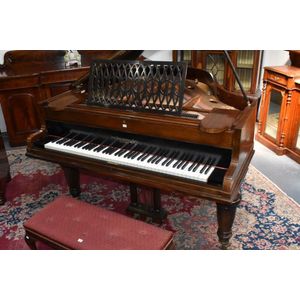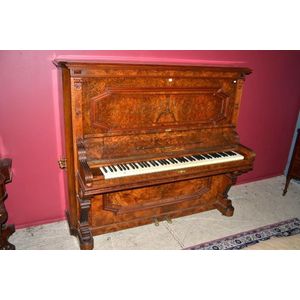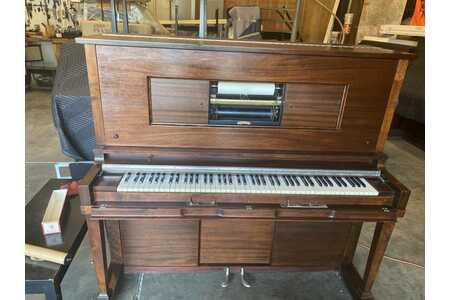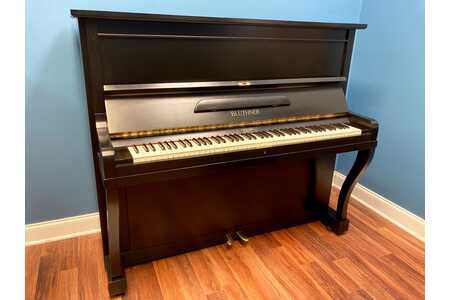
Notes can be sustained, even when the keys are released by the fingers and thumbs, by the use of pedals at the base of the instrument. When the key is released, a damper stops the strings' vibration, ending the sound. These vibrations are transmitted through a bridge to a soundboard that amplifies by more efficiently coupling the acoustic energy to the air. The hammer rebounds from the strings, and the strings continue to vibrate at their resonant frequency. Pressing one or more keys on the piano's keyboard causes a wooden or plastic hammer (typically padded with firm felt) to strike the strings. Ī piano usually has a protective wooden case surrounding the soundboard and metal strings, which are strung under great tension on a heavy metal frame.

The name was created as a contrast to harpsichord, a musical instrument that does not allow variation in volume compared to the harpsichord, the first fortepianos in the 1700s had a quieter sound and smaller dynamic range. The Italian musical terms piano and forte indicate "soft" and "loud" respectively, in this context referring to the variations in volume (i.e., loudness) produced in response to a pianist's touch or pressure on the keys: the greater the velocity of a key press, the greater the force of the hammer hitting the strings, and the louder the sound of the note produced and the stronger the attack. Although we do not offer official appraisals, we have provided some information here to help you understand the current and potential value of your instrument a bit better.The word "piano" is a shortened form of pianoforte, the Italian term for the early 1700s versions of the instrument, which in turn derives from clavicembalo col piano e forte (key cimbalom with quieter and louder) and fortepiano. Sadly, we see original, unrestored antique instruments selling for only a fraction of their potential restored value. It is important that sellers realize the real value difference between a restored instrument and an unrestored instrument. This information is meant to help educate, and it isn’t meant to insult or offend anyone who has a differing opinion about the value of their heirloom instrument.Īntique pianos and organs can be valued anywhere from a few hundred dollars to tens of thousands of dollars. That being said, the following information is based on 20 years of experience in this business and it reflects what we see happening in the real market today. In creating this website, we realize that there will be some bias toward encouraging folks to invest in restoration and preservation – after all, that is the business we are in. Much like the real estate industry, restoring a vintage instrument adds real value to the piece, ultimately making the instrument worth more than the cost of restoration in most cases.
#Value of 1920 behning upright piano tv
How many home renovation or “house-flipping” shows have you seen on TV lately? People all over the country are renovating old homes and buildings so that they can be sold for profit in the end. Will it cost more to restore my instrument than it will be worth?

Here you can see what different types and styles of instruments have been selling for over the past few years. It may be helpful if you go to our online showroom. The best way to get a general sense of what instruments are worth (after restoration) is by comparing them against what similar instruments are selling for in the real market. Much of the credit goes to education – folks are now able to go to the internet and learn about what they have, often encouraged to invest and preserve their instruments. Over the past two decades, we have seen the value of antique pianos and organs nearly double across the board. Restored instruments sell for high dollars – original, unrestored instruments simply do not.

If you invested in having the automobile restored to make it a show car, you could then expect it to sell for a tidy sum – likely at a nice profit after your investment.
#Value of 1920 behning upright piano full
If your instrument was an antique automobile sitting on blocks, full of rust and ruining due to neglect, you wouldn’t expect it to fetch a very high price.

Restoration is not cheap, but it is necessary to make any instrument worth top dollar.


 0 kommentar(er)
0 kommentar(er)
